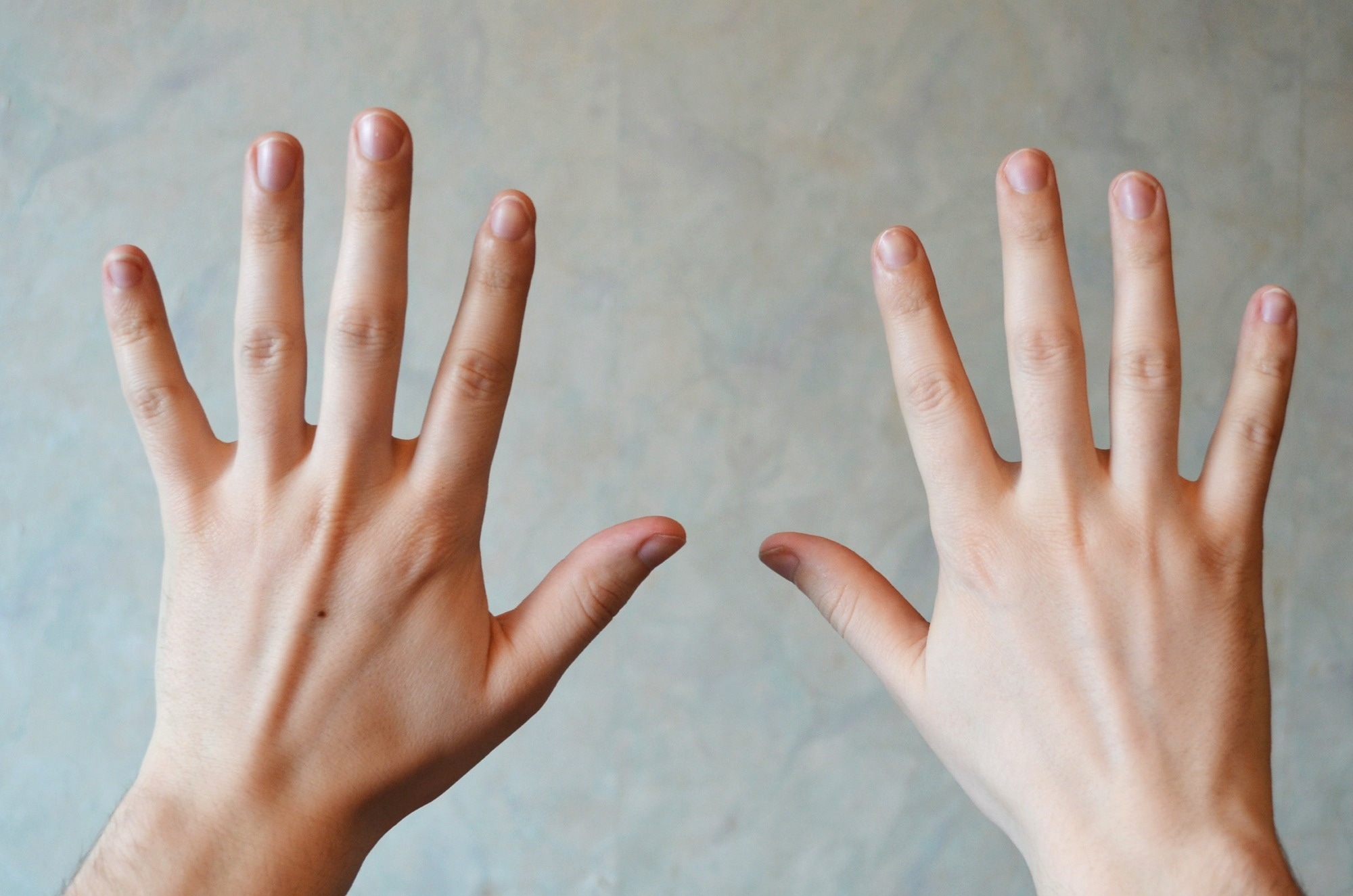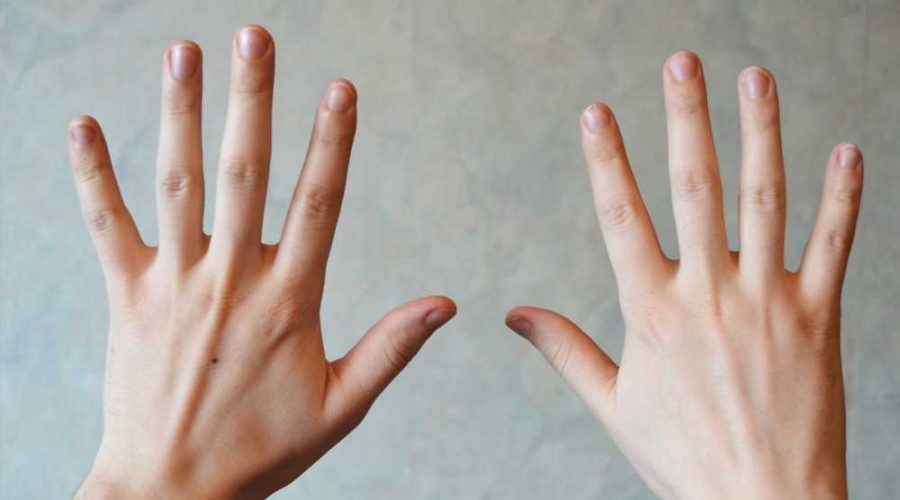What are Drug-Induced Nail Disorders?
Drug-induced nail disorders are uncommon adverse reactions that can occur as a result of drugs, with nail abnormalities being due to acute damage to the nail unit leading to symptoms associated with the corresponding nail structure. This article will provide an overview of drug-induced nail disorders as well as treatment options.

Healthy nail structure
The nail structure consists of the nail bed, nail matrix, hyponychium, nail plate, and lateral and proximal nail folds. The transparent hard nail plate that forms a typical nail is the result of an essential biological process called keratinization and consists of matured cells that no longer have a nucleus.
The maturation and differentiation of these keratinocyte cells occur in an upward movement, with the proximal matrix forming the dorsal nail plate, while the nail bed forms the ventral nail plate.
Additionally, the distal part of the nail matrix includes the protruding white crescent shape that is usually cut once overgrown, with the average nail growth rate comprising 3 mm per month for fingernails and 1 mm per month for toenails. This growth rate can be impacted by different factors such as age, systemic diseases and drugs.
Healthy nails can be described as being smooth, without any grooves, indentations or depressions, and are consistent in color without discoloration or spots. While harmless vertical ridges may develop with age, there can be specific symptoms that are associated with nail disorders that are ascribed to a large volume of drugs.
Drug-induced nail diseases
There are many drugs that can disrupt the usual keratinization process of nail matrix keratinocytes, causing either an acute reduction or a stop to the mitotic activity resulting in Beau’s line or onychomadesis.
Beau’s lines are clinically seen as deep indentations that run from one side of the nail to the other. The depth of the groove is associated with the level of toxicity in the matrix keratinocytes.
Onychomadesis can be described as a severe form of Beau’s line, found in 10% of the overall population, which is formed as a result of complete injury to the matrix that can cause nail plate shedding. This disorder can cause the separation of the nail into two sections, causing pain due to an exposed area of the nail plate.
Other types of drug-induced nail disease can include but are not limited to onycholysis, pigmentation, paronychia and ischemic alterations.
Onycholysis includes the separation of the nail plate and the nail bed, and this can sometimes cause nail loss.
Acute paronychia can be described as the inflammation of nail folds that impact one or more nails, which can cause the nail folds to become severely tender and red between one and three months of drug treatments such as methotrexate, antiretroviral and retinoid therapy.
Melanonychia includes the production of melanin on the nail plate as a result of activating melanocytes, which can manifest as light brown or black vertical or horizontal lines on one or several nails. This disorder can also be associated with drugs such as methotrexate.
Ischemic changes or even necrosis can also occur due to altered blood flow to nails, with Raynaud’s phenomenon being the start of digital ischemia causing fingers to become cold before gangrene development without the return of blood flow. This type of nail disorder can be associated with systemic non-selective beta-blockers and symptoms may be permanent even after treatment discontinuation, with the possibility of finger amputations.
Which drugs can affect the nail?
Drugs that are most associated with nail disorder symptoms include, (i) chemotherapy agents (taxanes), (ii) retinoids, and (iii) radiation therapy.
Drug-induced nail disorder symptoms have also been reported with drugs such as tetracyclines, sulfonamides, dapsone, carbamazepine, cefaloridine, cloxacillin, fluorine, itraconazole, lithium, metoprolol, phenophtaleine and psoralens.
More specifically, onychomadesis has been associated with the following drugs, hydantoin, trimethadione and valproic acid.
Treatment and management
While some of these nail disorders can be painful and concerning for patients, prevention or treatment are not necessary as due to nail growth, the physical symptoms will move distally and grow out. It can take months or even years for toenails to return to their normal appearance as a result of their slow growth rate.
However, there is currently no specific treatment for drug-induced nail diseases, with some resolving without the discontinuation of treatment, such as in the case of onycholysis. Onycholysis can also be managed by protecting the nail bed from ultraviolet exposure such as through the application of nail enamel.
Disorders such as paronychia can be treated with topical steroids, antibiotics and even cautery.
Future outlook
Currently, the field of medicine lacks an understanding of nail trauma pathogenesis, which can impact how drug-induced nail disorders are perceived in patients and treated.
While they may be difficult to diagnose as a result of symptoms not being associated with previous drug administration, drug-induced nail abnormalities are often temporary disorders that can be reversed once treatment has been discontinued. However, there are some infrequent cases where the disorder is permanent.
With the continual emergence of new drug treatments, drug-induced nail disorders may be a frequent adverse effect for patients, requiring more awareness by healthcare professionals in order to gain early treatment, management or discontinuance.
References
- Drug-induced nail disease. DermNet. Accessed July 11, 2023. https://dermnetnz.org/topics/drug-induced-nail-disease.
- Fingernail do’s and don’ts. Mayo Clinic. January 22, 2022. Accessed July 11, 2023. http://www.mayoclinic.org/healthy-lifestyle/adult-health/in-depth/nails/art-20044954.
- Patel S, Tosti A (2014). An overview of management of drug-induced hair and nail disorders. Clinical Practice, 11(3):327-339. doi: 10.2217/cpr.14.18
- Valeyrie-Allanore L, Sassolas B, Roujeau JC (2007). Drug-induced skin, nail and hair disorders. Drug Safety, 30(11):1011-1030. doi: 10.2165/00002018-200730110-00003
Further Reading
- All Nails Content
- Beau’s Lines
- Nail Discoloration – Green, Blue, Black, White or Yellow, Why ?
- Types of Nail Disease
- Bacterial Nail Infections
Last Updated: Jul 18, 2023

Written by
Marzia Khan
Marzia Khan is a lover of scientific research and innovation. She immerses herself in literature and novel therapeutics which she does through her position on the Royal Free Ethical Review Board. Marzia has a MSc in Nanotechnology and Regenerative Medicine as well as a BSc in Biomedical Sciences. She is currently working in the NHS and is engaging in a scientific innovation program.
